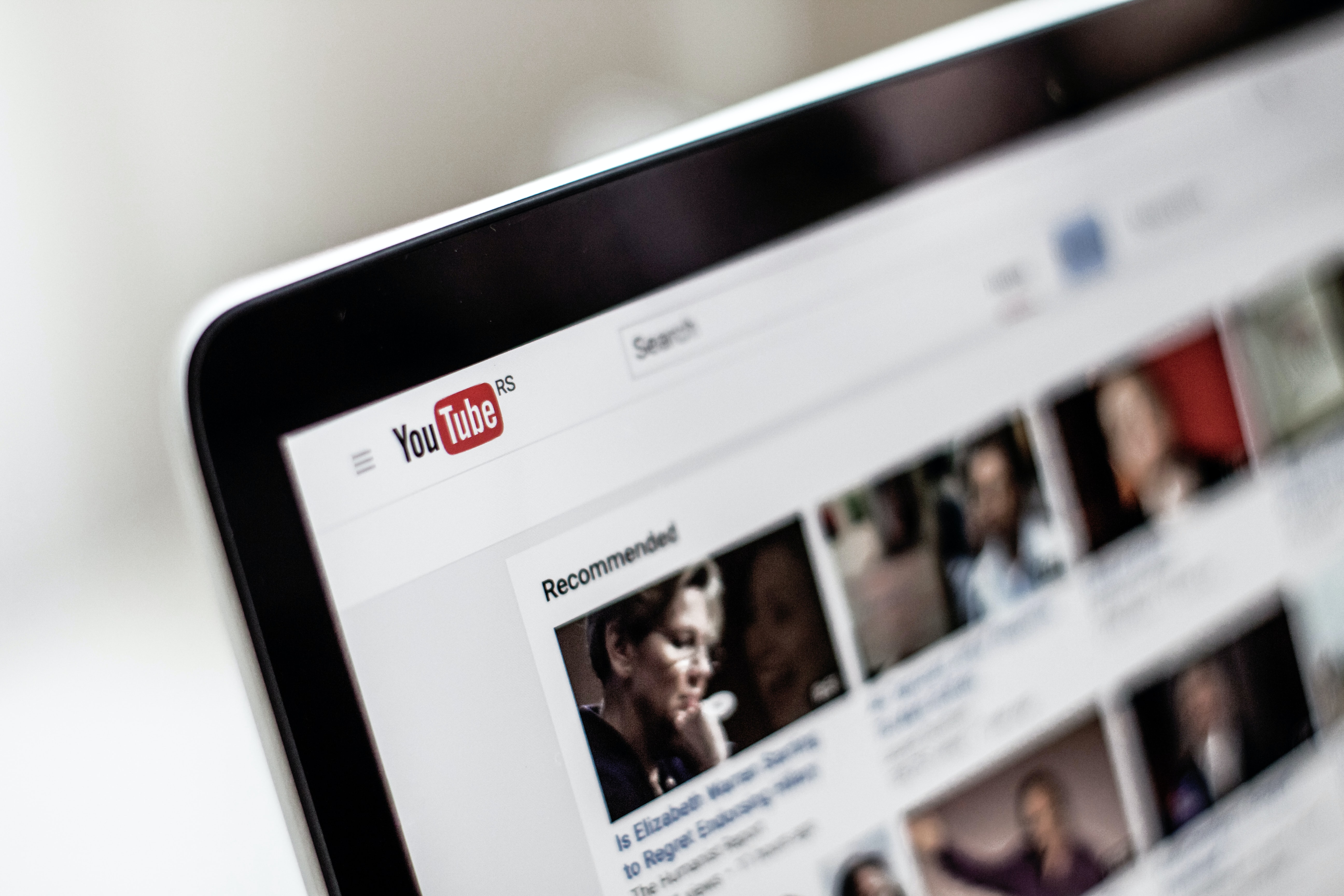
Recommendations - a constant presence online
From social media websites to content platforms and search engines: behind each of these tools which we use every day are sophisticated algorithms, such as this recommender system, prompting us to look at online videos or special offers. A constant presence online, these recommender systems employ the use of data contained in the traces we leave as we browse, the goal being to steer us towards new content that is more relevant to us...or to the platform, many of which generate money based on the amount of time their users spend online.
It is vital that citizens, public authorities, regulatory bodies etc. understand how these digital tools work and the motivations behind the decision-making algorithms which they employ. Linked to digital sovereignty, this is a question to which theoretical research in IT may be able to provide some answers.
Over the past few years, Erwan Le Merrer, a researcher within the Wide project team at the University of Rennes Inria centre, and Gilles Tredan, an IT researcher at the LAAS-CNRS (Laboratoire d'Analyse et d'Architecture des Systèmes - Laboratory for Analysis and Architecture of Systems) in Toulouse, have been studying algorithms in the context of recommender systems, models of neural networks and decision-making algorithms in general.
Acting as “a black box”
“Our research is geared towards developing analysis methodologies and measurement systems that will help us to understand and evaluate the way in which algorithms work - particularly those in recommender systems, which are central to how certain platforms operate”, explains Erwan Le Merrer. These systems literally guide our direction as we browse the internet: on YouTube, for example, they are responsible for 70% of the content users click on, as opposed to searching intentionally.

Verbatim
This raises key questions about the role of algorithms and our freedom to choose, to inform ourselves, and so on.
Scientist in LAAS-CNRS
The filter bubble effect, for instance, whereby recommender systems tend to always suggest the same type of content, is a well-known bias of algorithms”, explains Gilles Tredan. This effect has a tendency to reinforce the mindsets, purchasing habits, opinions etc. of consumers, readers or citizens. The issue here is that a diverse range of perspectives are needed when it comes to making informed decisions, whether politically, economically, individually or collectively.
As such, algorithmic transparency and the study of complex algorithms, such as those used in recommender systems, has become highly important, for scientists and citizens alike. “From an IT research perspective, understanding these algorithms raises a number of issues, both theoretical and methodological, in that they operate 'as black boxes’"

Verbatim
We have no access to the computer code for these complex programs, which are run on third-party servers and designed to learn from data from their users, constantly changing to a certain extent
Scientist in WIDE research team
An original methodology
The two scientists have sought to develop original strategies for scrutinising these programs, shining a spotlight on their properties and their limitations. An example of this is their latest research on YouTube’s recommender system, in the context of the recent French presidential election. Recommender systems encode activity on a given platform - in the case of YouTube, this relates to videos being watched. Might it then be possible to extract a signal for analysis, simply by observing recommendations?
This was one of the questions the researchers provided an answer to, showing how the recommender system could help to predict opinions on election candidates. “Our approach was based on the premise that a popular candidate would attract many users to videos of their speeches on YouTube. The recommender system will reinforce this popularity by suggesting these videos again, thus boosting that candidate’s audience and popularity”, explains Gilles Trédan.
Measuring voting intentions
The researchers worked with automatic scripts (bots), simulating the activity of users viewing videos on the platform. Each day throughout the campaign, they programmed these bots to go to the category “National News”, watch a video chosen at random, and go to the next four videos suggested to view automatically. This was then repeated nearly 200 times a day. The researchers would analyse the five videos that had been viewed, and if they were about the presidential election, then the length of a sentence attributed to a candidate was credited to their speaking time.
“This approach gave us access to measurable data, basically that particular candidate’s exposure time compared to their rivals, which we would compare each day with polling results”, explains Erwan Le Merrer. What were the results of this study? The researchers revealed a close correlation between the indicator which they calculated and voting intentions. However, as Gilles Trédan points out, “The values we obtained were less stable than those from polling data. For certain candidates, they were sometimes over- or underestimated. That said, compared to the polling data, the prediction error was low: somewhere around 3% over the period we studied. And it was even lower (around 1.5%) for the actual result of the first round.”
Research which could be useful to regulators
The researchers published an overview of their work, the conclusions of which may provide food for thought for polling firms. “Polling is conducted with hundreds or thousands of users at the absolute most”, says Erwan Le Merrer. “YouTube’s recommender system, meanwhile, is interacting with millions of people each day, and adapts accordingly: studying the correlation of these types of signals is certainly an interesting avenue to go down, not only for IT research, but also for more practical applications in political science.”
“We are also thinking about other ways of using this data”, adds Gilles Trédan. “A presidential election is a key moment in the history and the sociology of a country. Through our research, we helped to document it in an original way. A few years down the line, once put into context, this information could well be of interest to researchers in the social sciences”
But it is in the short term that this research will be put to practical use. As Erwan Le Merrer concludes, “At the recommendation of one of our colleagues from Inria, who has an interest in issues surrounding auditing and regulating algorithms, we got in touch with the PEReN (le Pôle d’Expertise de la Régulation Numérique - a centre of excellence for digital regulation). The plan is to exchange regularly with them on the subject of our research and its potential regulatory implications.” New possibilities are very much on the horizon.
Find out more
- How algorithms influence our electoral behaviour, interview with David Chavalarias, Slate, 9/4/2022.
- A method for studying the recommendations made by the Netflix algorithm, Écran total, 16/2/2022.
- Algorithms - enemies or allies of democracy? La Méthode scientifique, France Culture, 21/2/2019.
- “Politics is a system in which individuals exchange information, and use algorithms to do so", interview with Serge Abiteboul and Gilles Dowek, Usine digitale, 2/2/2017.